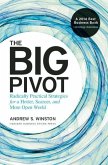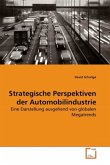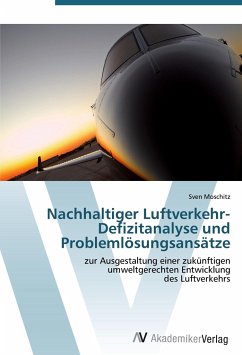Climate change is the major challenge of the 21st century. In order to mitigate global warming, atmospheric carbon dioxide has to be reduced dramatically. Via instruments designed by the soon expiring Kyoto Protocol and different other measures, the international community aims to realise this carbon reduction. Experts speak of carbon markets. Where companies, organisations and individuals are seeking to neutralise their carbon footprints, financial actors are making enormous profits. But whom does this market really serve? Economy, environment or both?
This study intends to increase the understanding of such markets and to analyse strengths and weaknesses for defining possible quality actions. Firstly, an overview of presently existing and developing carbon markets, their differentiation and locations will provide basic comprehension of the current status of carbon trading. Questions about the role of the US or developing nations like China and India will be answered. Who is forerunner in this market?
Afterwards, this work will concentrate on non-binding or so called voluntary carbon transactions. The reader will learn about the supply structure of non-compliance carbon trading and market drivers. Major project types will be discussed as well. Furthermore, the question will be raised if offsetting or voluntary carbon trading has an effect on global warming, if it improves the situation - or not.
After analysing market structures and participants motivations, the author will have a closer look on criticism and markets weaknesses, before introducing quality mechanisms. What instruments will open the carbon market for mainstream participants? Which structural changes are necessary to enhance quality in this nascent market? An outlook will be given on how the voluntary carbon market most probably develops. Finally, the reader will be acquainted with voluntary carbon markets and may decide weather or not they are an option to counteract climate change, the major challenge of the 21st century.
This study intends to increase the understanding of such markets and to analyse strengths and weaknesses for defining possible quality actions. Firstly, an overview of presently existing and developing carbon markets, their differentiation and locations will provide basic comprehension of the current status of carbon trading. Questions about the role of the US or developing nations like China and India will be answered. Who is forerunner in this market?
Afterwards, this work will concentrate on non-binding or so called voluntary carbon transactions. The reader will learn about the supply structure of non-compliance carbon trading and market drivers. Major project types will be discussed as well. Furthermore, the question will be raised if offsetting or voluntary carbon trading has an effect on global warming, if it improves the situation - or not.
After analysing market structures and participants motivations, the author will have a closer look on criticism and markets weaknesses, before introducing quality mechanisms. What instruments will open the carbon market for mainstream participants? Which structural changes are necessary to enhance quality in this nascent market? An outlook will be given on how the voluntary carbon market most probably develops. Finally, the reader will be acquainted with voluntary carbon markets and may decide weather or not they are an option to counteract climate change, the major challenge of the 21st century.








